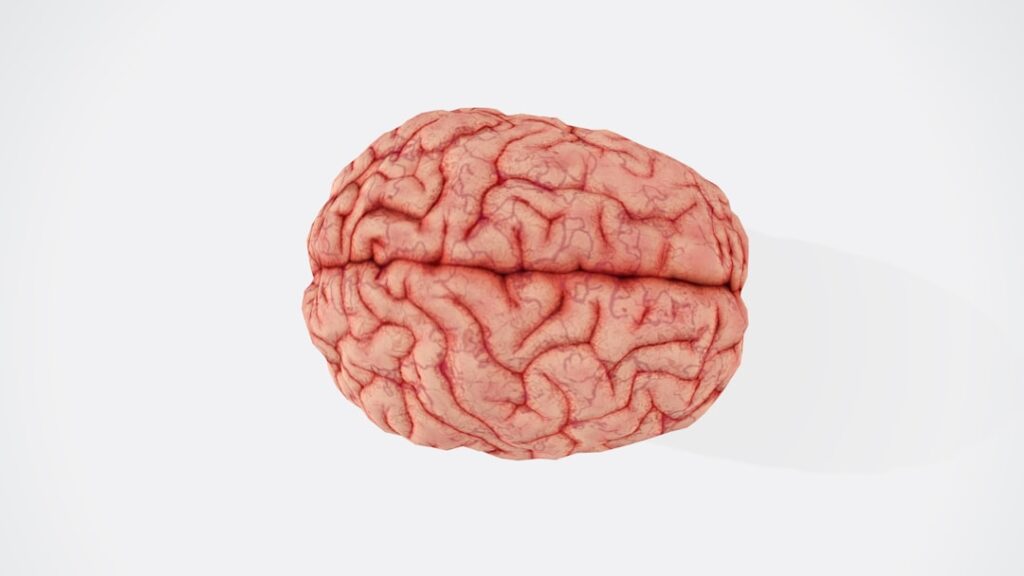How Nervous System Regulation Works
The human nervous system is a complex network that governs everything from movement to emotion. At its core, nervous system regulation refers to the body’s ability to maintain balance and respond appropriately to internal and external stimuli. This regulatory process is crucial for overall health, affecting how we process stress, recover from illness, and maintain emotional stability. Central to this regulation is the autonomic nervous system, which is divided into the sympathetic and parasympathetic branches. The sympathetic system triggers the fight-or-flight response, while the parasympathetic system helps the body relax and recover. In a well-regulated system, these two branches work in harmony, allowing the body to respond to challenges and then return to a state of rest. However, when the nervous system becomes dysregulated, individuals may experience chronic stress, anxiety, fatigue, or even physical ailments. This can occur due to trauma, prolonged stress, or environmental factors. Understanding how to support and restore balance within the system is essential. Techniques like deep breathing, mindfulness, and certain forms of therapy are known to enhance nervous system regulation by stimulating the vagus nerve, which plays a key role in calming the body. Research has shown that sensory integration and movement-based therapies can also aid in regulation. These approaches work by engaging the body and brain in patterns that help rewire neural connections. Over time, this can lead to improved mood, better focus, and a greater sense of well-being. Consistency is vital, as the nervous system often requires repeated positive input to establish new patterns. Lifestyle choices can also have a significant impact. Nutrition, sleep, and physical activity all play roles in supporting a well-functioning nervous system. A nutrient-rich diet fuels brain function, while regular sleep helps with neuroplasticity and emotional regulation. Exercise, especially rhythmic and aerobic forms, is another effective method to engage the parasympathetic system and reduce stress levels. For those interested in a more detailed understanding of these methods and how they support nervous system health, resources that explore how movement and environment affect brain function can be particularly informative. One such place offering in-depth information about integrative approaches is this resource on brain and body wellness. Ultimately, nervous system regulation is not just about managing stress. It is about creating a resilient foundation that supports every aspect of life, from emotional health to physical vitality. By learning to recognize signs of dysregulation and adopting practices that foster balance, individuals can enhance their capacity to navigate daily challenges with greater ease and resilience.

